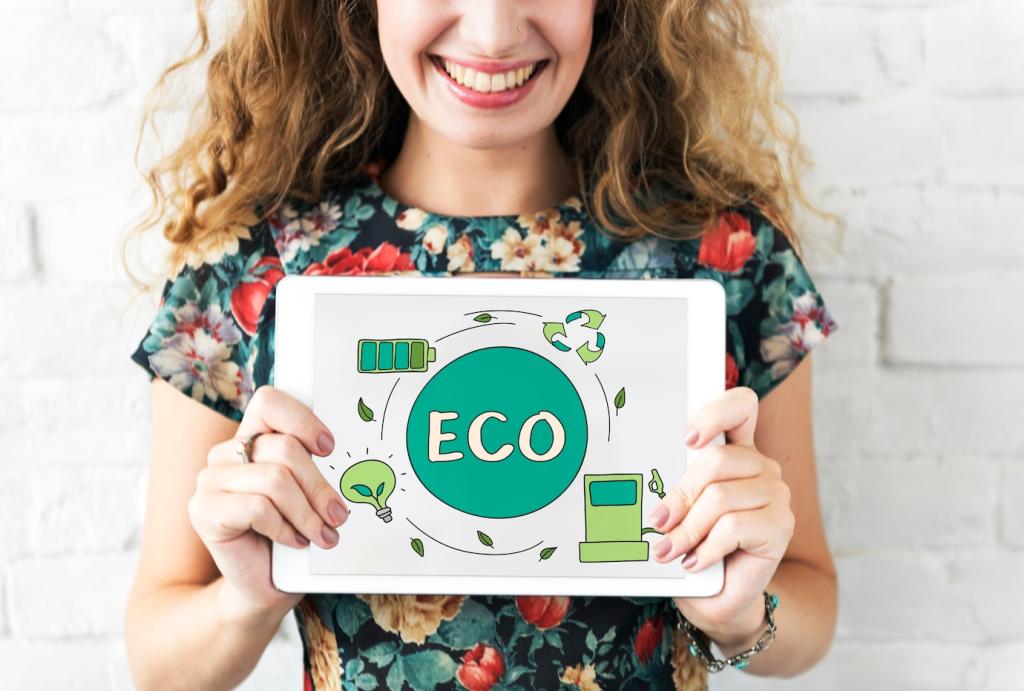Stories That Build Greener Homes—and Loyal Hearts
Chosen theme: Importance of Storytelling in Eco-Home Marketing. Welcome to a space where sustainable features become human experiences, data breathes, and your brand’s purpose is felt as clearly as sunlight through a triple-glazed window.
Why Stories Change Eco-Home Decisions
A U-value means little until it becomes a winter morning without drafts or guilt. When you frame performance as comfort, pride, and calm, prospects feel the upgrade in their bones, not just their spreadsheets. Share scenes, not specs, and watch curiosity become conviction.

Crafting a Compelling Eco-Home Origin Story
Introduce the architect who bikes the commute to measure shade patterns at dawn, the carpenter who learned joinery from a grandparent, the energy modeler who loves quiet. Names, quirks, and convictions make your promise tangible, and readers start rooting for your team.
Crafting a Compelling Eco-Home Origin Story
Tell the tale of the barn beam saved from storm collapse, the clay sourced within thirty miles, the native plants returning birds to a silent lot. Place is a protagonist. When materials carry memory, beauty isn’t applied—it is recovered and reimagined.


Narrative Formats That Make Sustainability Stick
Document the transformation of a drafty bungalow into a cozy, all-electric haven. Include diaries, utility bills, thermal images, and the first night they slept without space heaters. Results feel real when the path is legible, humble, and specific.
Narrative Formats That Make Sustainability Stick
Guide readers through a typical Tuesday: morning light across cork floors, filtered air easing allergies, a heat pump whispering at dusk. Tiny moments—bare feet, quiet rooms, fresh smells—translate kilowatt-hours into everyday delight. Invite readers to imagine their own routines here.
A Story Hub on Your Website
Build a dedicated storytelling section that links case studies, process timelines, material maps, and FAQs. Keep it visual and skimmable with anchors, captions, and alt text. Invite readers to comment, ask questions, and download a narrative checklist for their own project.
Micro-Stories on Social
Post short, serial narratives: a reclaimed brick per week, a craftsman’s thirty-second tip, or a neighbor’s garden update. Use consistent tags, honest lighting, and captions that teach. Encourage followers to share their eco-wins and tag your account to be featured.
Email Sequences That Nurture
Design a five-part welcome series: your origin, a customer journey, a myth debunked, a materials spotlight, and a call to tour. Ask thoughtful questions in every send, and invite replies—conversations in the inbox are where trust compounds quietly.
Engagement Signals You Can Track
Watch dwell time on case studies, scroll depth on process pages, completion rates on tours, and reply rate in email. These inputs reveal which emotions and details resonate. Use them to iterate, never to sand away your brand’s unique voice.
Qualitative Gold: Comments and Conversations
Screenshot sentences that repeat—“I felt calm,” “This seems doable,” “I trust you now.” Host Q&A sessions and note questions that surface every time. Qualitative echoes guide your next story more precisely than any vanity metric ever will.

Ethical Storytelling: The Antidote to Greenwashing
Cite third-party certifications, blower-door numbers, embodied carbon calculations, and sourcing documents. Link to audits and name your verifiers. When claims are traceable, your story gains authority—and skeptical readers become informed advocates.
Sensory Storytelling for Tangible Sustainability
Close-ups of hand-sanded timber, condensation-free windows on frosty mornings, and sunlit nooks quiet the skeptic in a single glance. Pair every image with a human detail—a book spine, a cup ring, a sock on a cork floor—to anchor emotion.



An Anecdote to Remember—and a Prompt to Share Yours
A couple touring their future home ran a hand across a reclaimed beam. The builder told how it once held a storm-torn barn, then rested for years in a neighbor’s field. That minute—history under their palm—closed the sale without a single pitch.
An Anecdote to Remember—and a Prompt to Share Yours
During pollen season, their child’s bedroom stayed clear and quiet thanks to filtration and sealed envelopes. The parents said the home felt like a gentle physician, always present, never loud. Comfort became care, and care became a forever-story they now tell friends.
